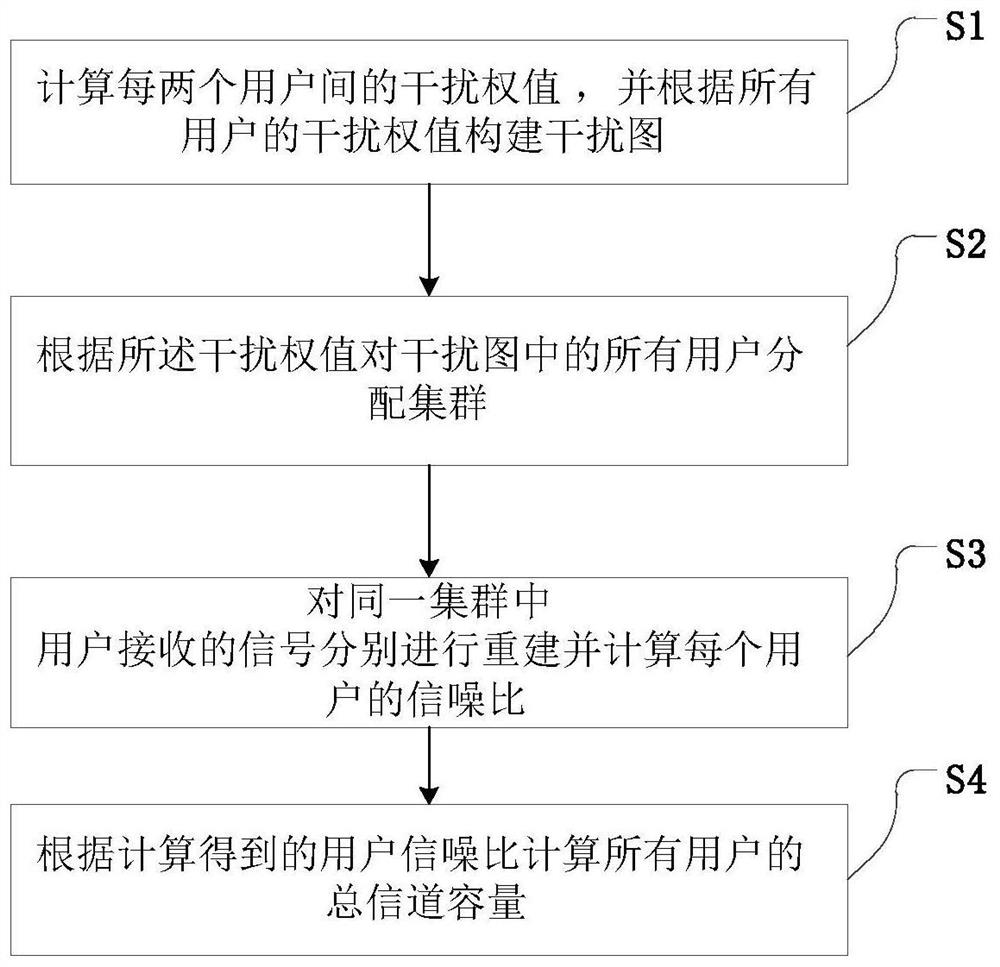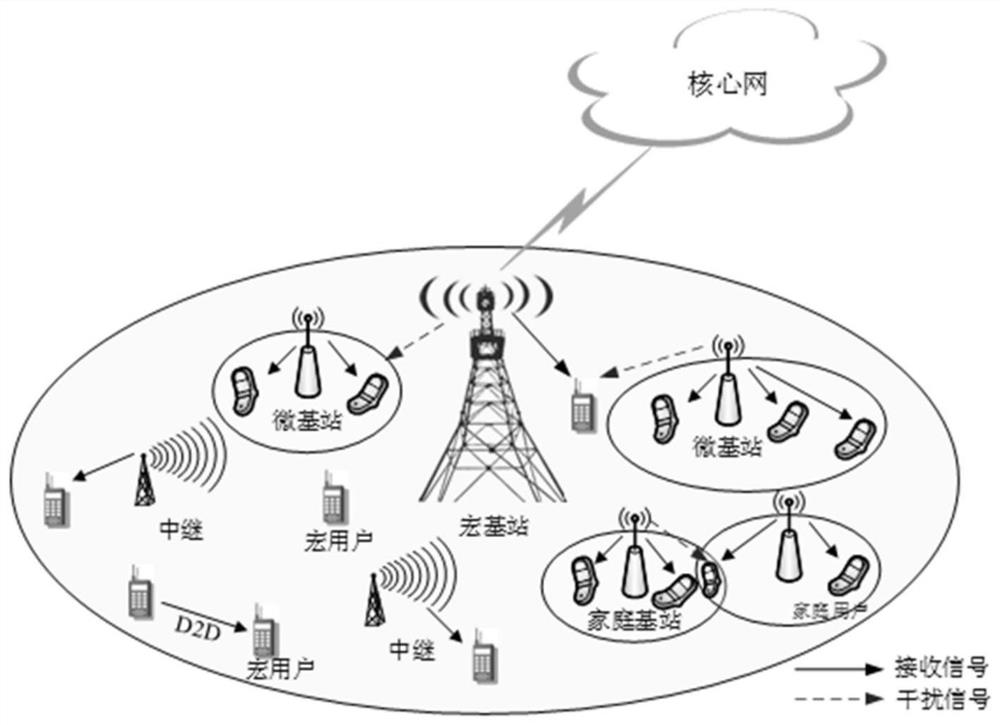An Interference Management Method for Ultra-Dense Networking
An interference management, ultra-dense technology, applied in the field of mobile communication, can solve the problem of not considering the interference of the same layer, reduce the downlink signal quality, etc., achieve the effect of strong practicability and improve system capacity
- Summary
- Abstract
- Description
- Claims
- Application Information
AI Technical Summary
Problems solved by technology
Method used
Image
Examples
Embodiment Construction
[0041] In order to illustrate the present invention more clearly, the present invention will be further described below in conjunction with preferred embodiments and accompanying drawings. Similar parts in the figures are denoted by the same reference numerals. Those skilled in the art should understand that the content specifically described below is illustrative rather than restrictive, and should not limit the protection scope of the present invention.
[0042] Such as figure 2 As shown, it is assumed that there are L macro cells in the ultra-dense cell deployment scenario of the fifth generation mobile communication system, each macro base station is located in the center of the cell, and there are D home cells and M users under the coverage of each macro cell. In order to maximize the user's instantaneous Quality of Services (QoS), the present invention selects the standard for specifying user attributes: if the power provided by the macro cell is greater than the power...
PUM
 Login to View More
Login to View More Abstract
Description
Claims
Application Information
 Login to View More
Login to View More - R&D
- Intellectual Property
- Life Sciences
- Materials
- Tech Scout
- Unparalleled Data Quality
- Higher Quality Content
- 60% Fewer Hallucinations
Browse by: Latest US Patents, China's latest patents, Technical Efficacy Thesaurus, Application Domain, Technology Topic, Popular Technical Reports.
© 2025 PatSnap. All rights reserved.Legal|Privacy policy|Modern Slavery Act Transparency Statement|Sitemap|About US| Contact US: help@patsnap.com



